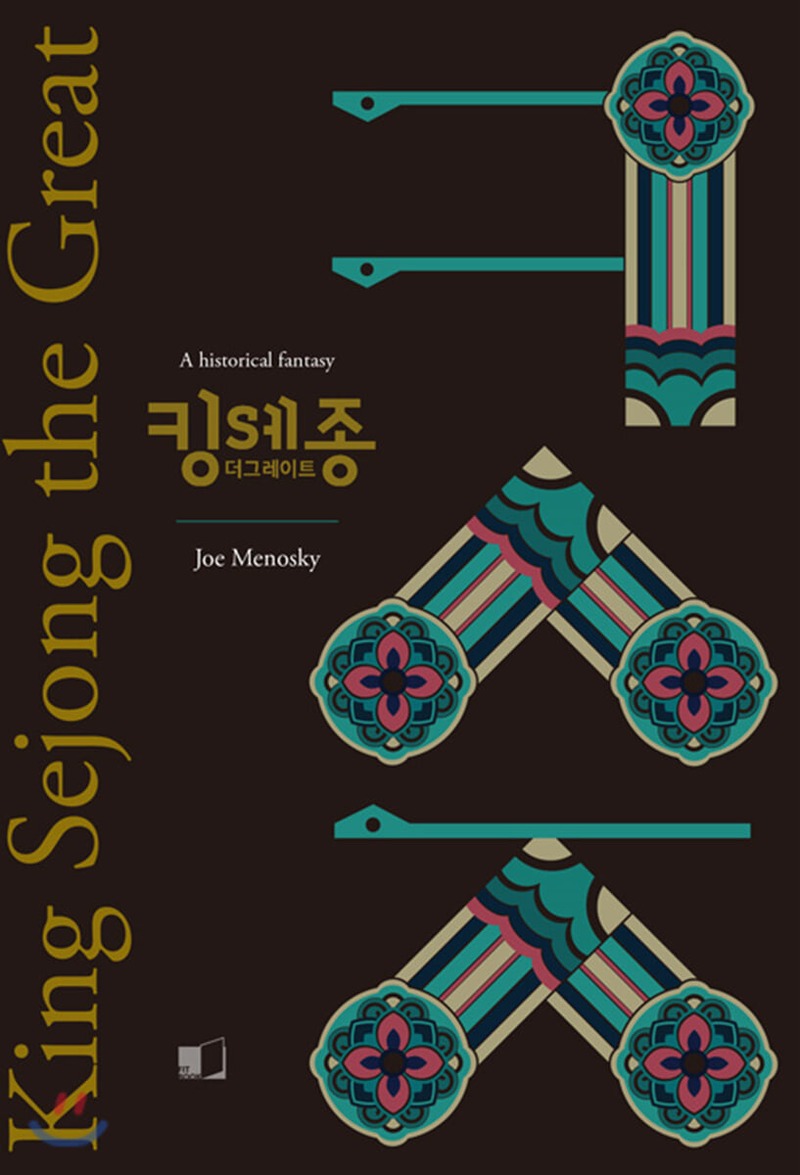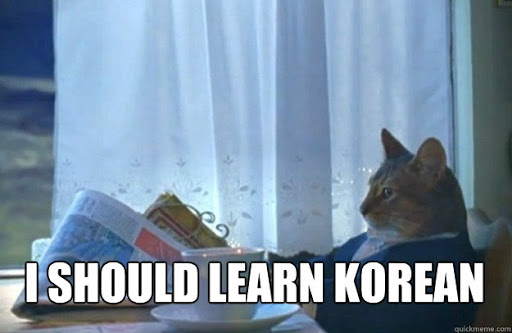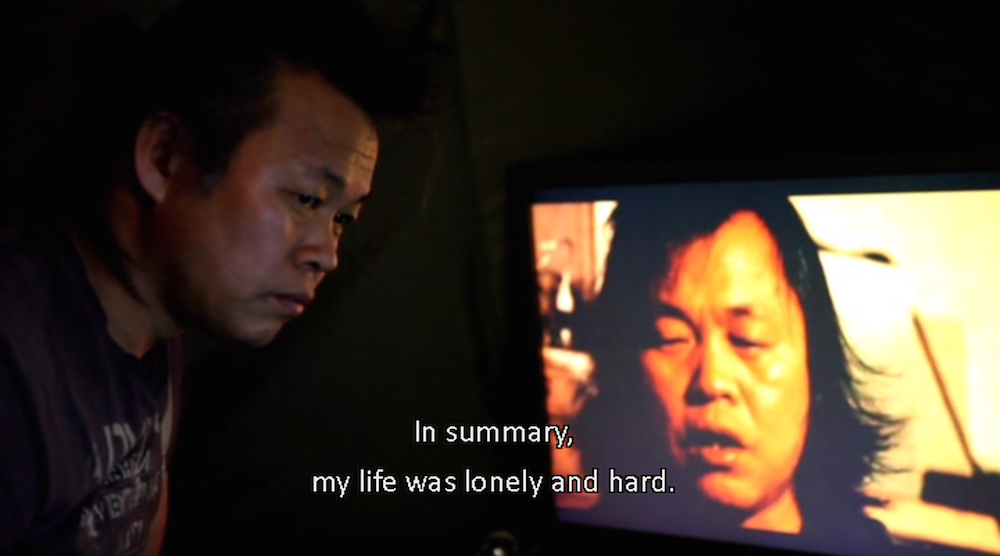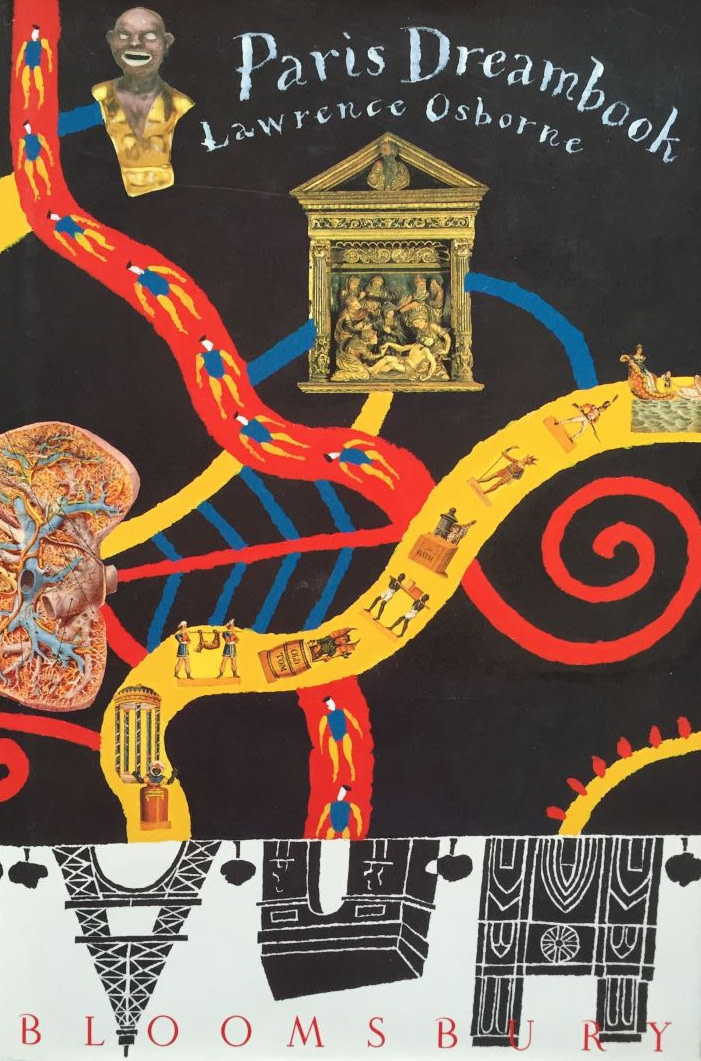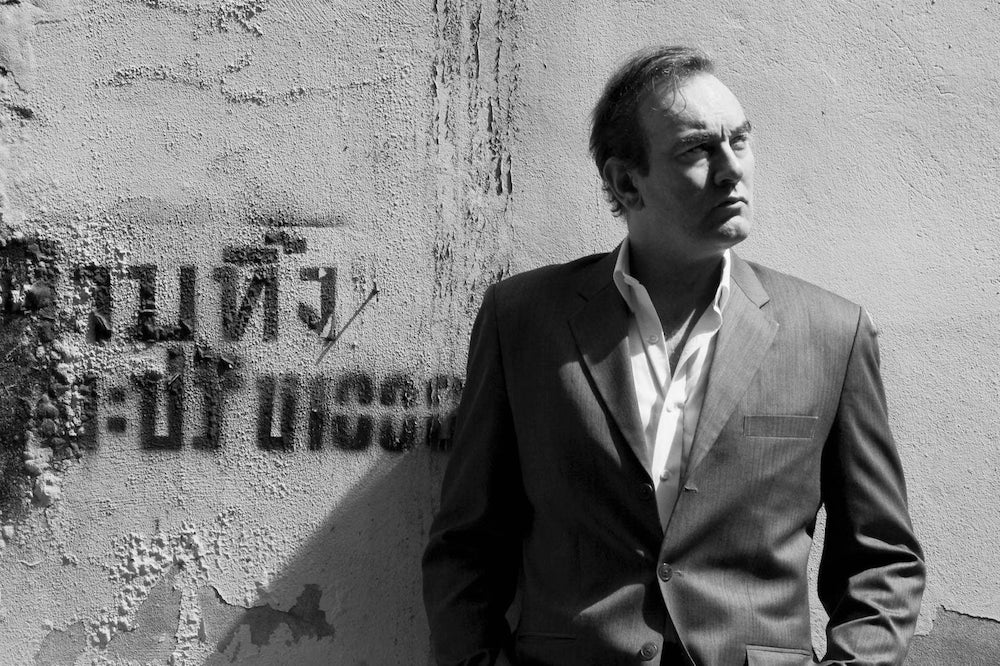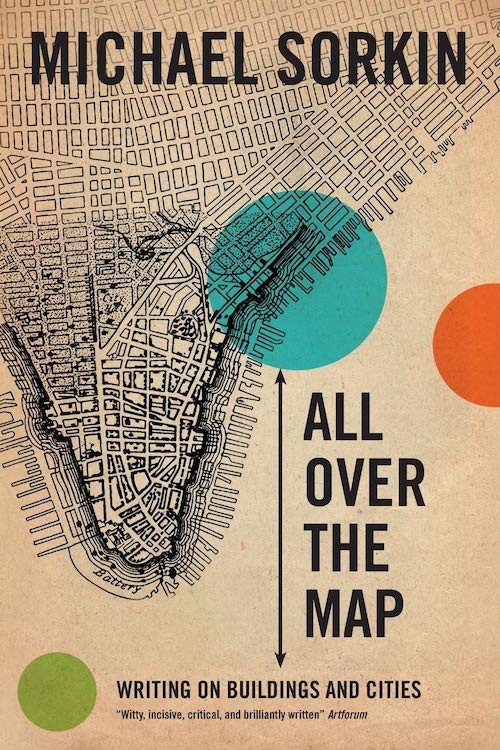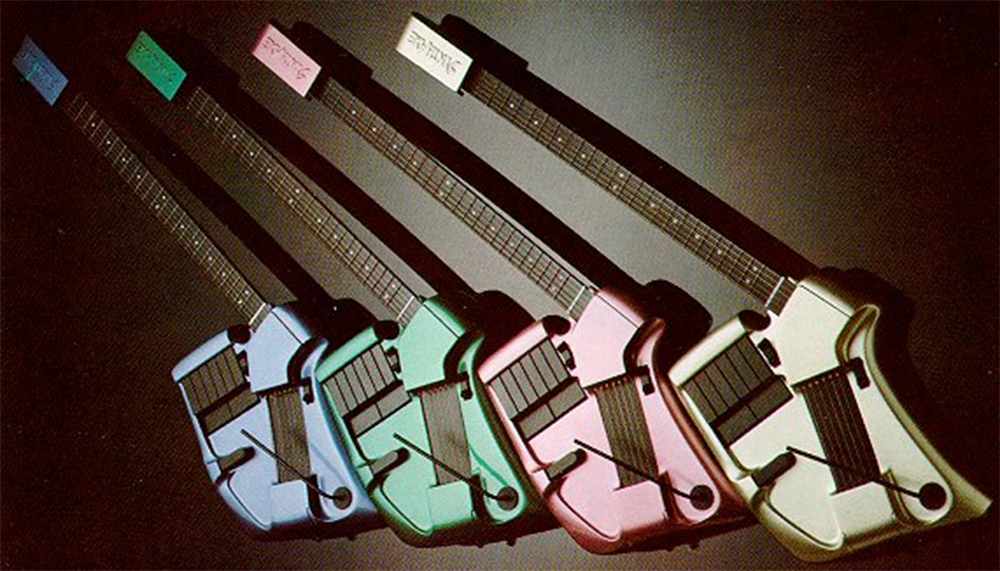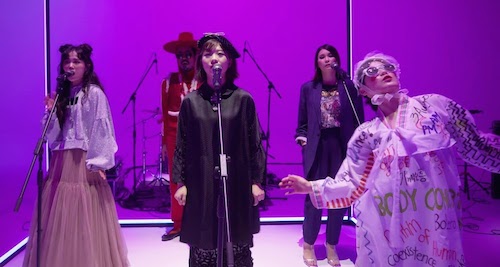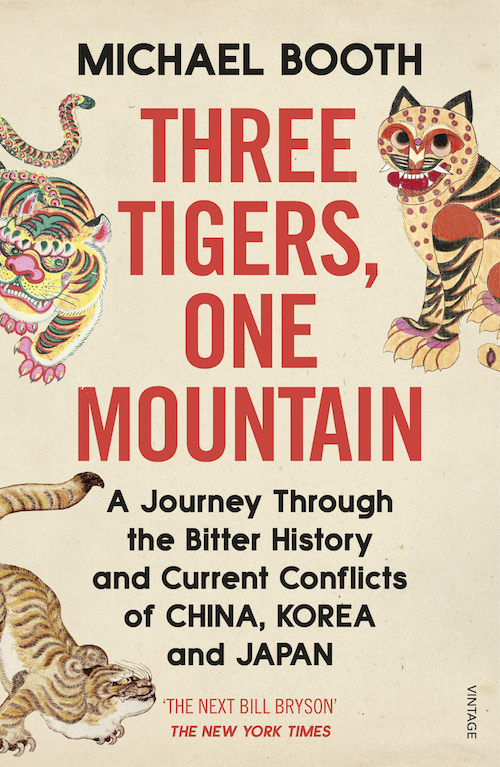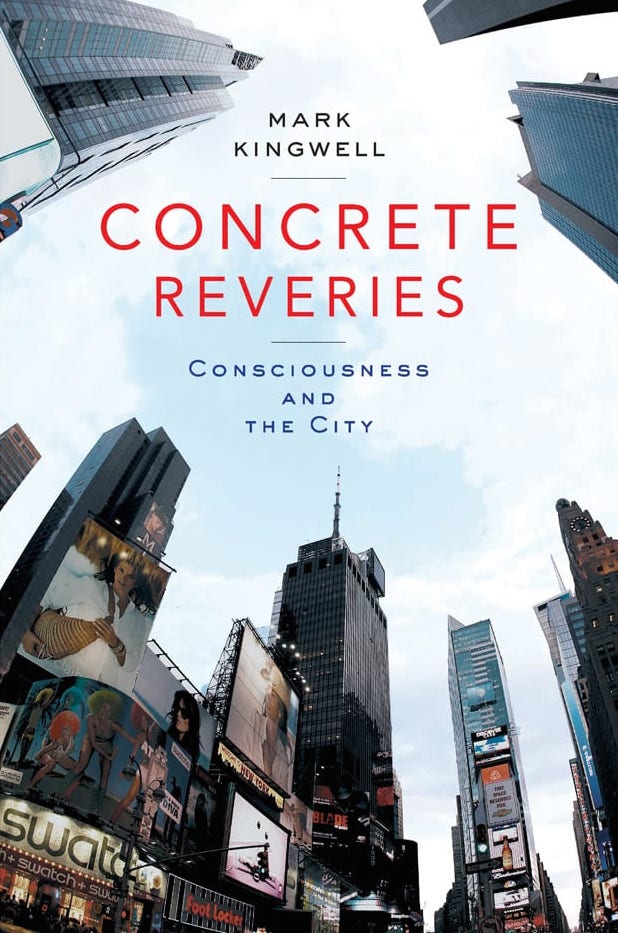
We who write about cities obviously have an interest in the city as a subject. But I suspect we value it even more as a nexus of subjects, an ostensibly concrete object of focus that in practice allows us to write about anything at all. History, architecture, cinema, technology, politics, society, fashion, food: these are just a few of the fields lying nearest to hand, but an enterprising observer can draw a convincing line of thought between the city and practically any given phenomenon, concept, or idea. This holds even truer for those who take as their subject not the city in particular, but place in general. The books of Pico Iyer, Colin Thubron, and the late Jan Morris, which I often take as examples, may in American bookstores be shelved under travel, but I consider them — more grandly but more descriptively — the work of “writers of place.”
I don’t consider Mark Kingwell a writer of place, at least not primarily, and I’m never sure where I’ll find his books in a store. This owes in part to an admirable intellectual breadth: in the past twenty years, he’s published prolifically on a range of subjects including citizenship, cocktails, baseball, trout fishing, and Glenn Gould. In his latest volume, 2019’s Wish I Were Here, he deals with the hollowing-out of our lives by “the Interface” of high technology — especially the internet and social media — that surrounds us with increasing completeness. Concrete Reveries, published just over a decade before, deals with another of the senses of loss that, though obscure, nevertheless pervades modern life: “the placelessness that is a logical outcome of the modern experiment, where time and space are first abstractly created, then systematically annihilated by the pursuit of speed and the cult of efficiency.”
The first casualty of that annihilation is “awareness of the real facticity of life, what the phenomenologist Edward Casey calls ’embodied implacement.'” Kingwell is a philosophy professor, though apart from a penchant for terms like “facticity” and citation of figures like Edward Casey, his books don’t read like philosophical treatises. Though dense with references, the material referenced is often non-philosophical: Adorno, Benjamin, Deleuze, Foucault, Habermas, and the Tractatus Logico-Philosophicus make appearances, but so do Woody Allen, Don DeLillo, Death Race 2000, and Troy McClure. As that last suggests, Kingwell comes steeped in the popular culture of the twixt-Boomer-and-X North American intellectual. But he also demonstrates proper reverence for Lucky Jim, reproducing in full Kingsley Amis’ unimprovable description of the agonized morning after a binge (“His mouth had been used as a latrine by some small creature of the night, and then as its mausoleum”).
Read the whole thing at Substack. See also my interview with Mark Kingwell on Notebook on Cities and Culture.
